The Blue Ridge Parkway Fence Fest
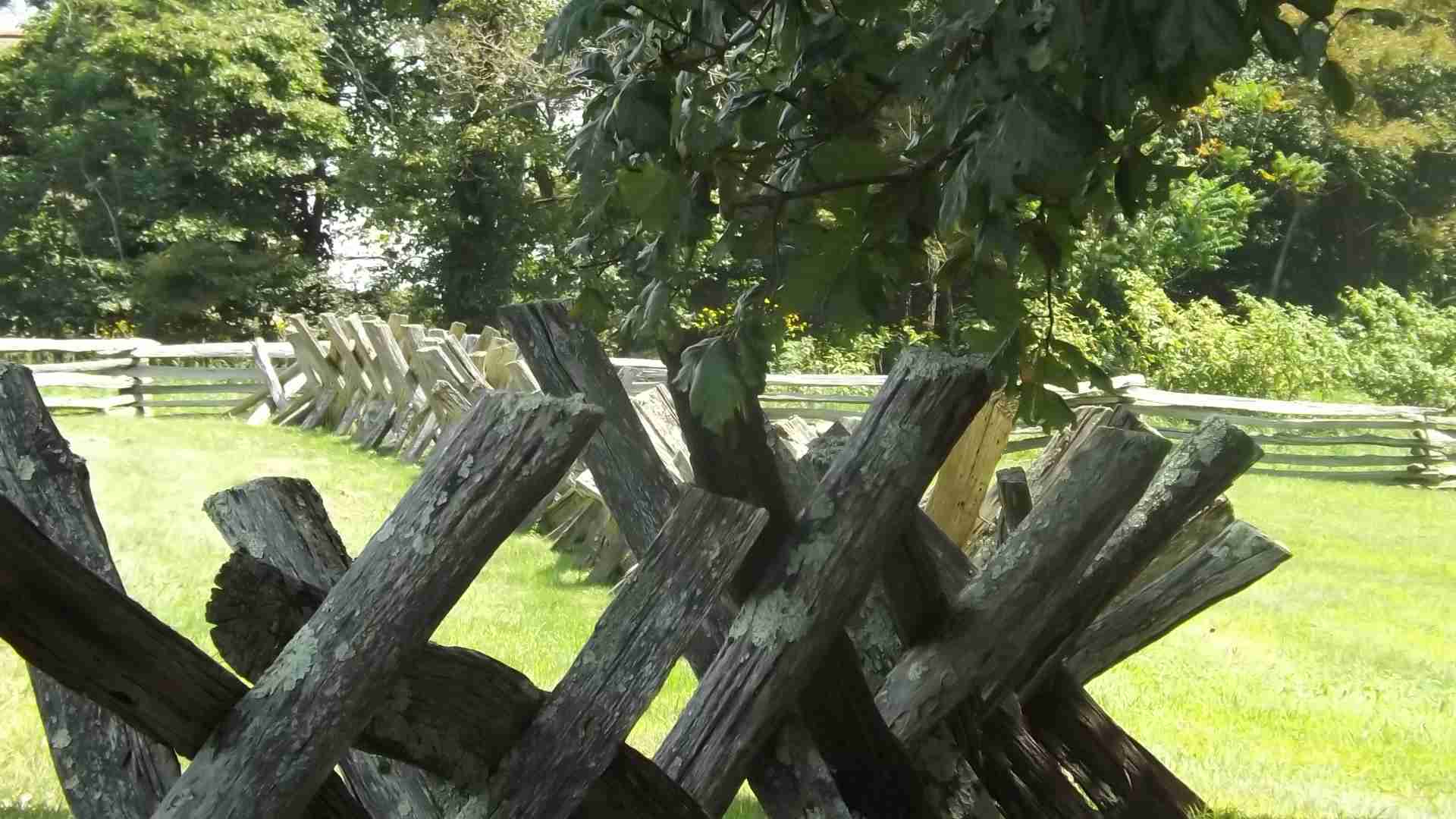
I don’t think about fences much. I was raised in suburbia, where each backyard was cordoned off by some sort of fence. They kept the dogs in and the neighbors out. But driving along the Blue Ridge Parkway in Virginia, I marveled at the ingenuity of the various fences.
When you think about the breathtaking scenery along the Blue Ridge Parkway, you might picture rolling hills, lush forests, and maybe even a deer or two. But the unsung heroes of this picturesque landscape are the fences. These aren’t just any fences; they’re the stalwart guardians, the silent sentinels, and sometimes, the accidental comedians of the Parkway. Whether they’re keeping cattle in or hikers out, each fence has a story and a personality as distinct as the people who built them.
Travel with me along the Parkway, and you’ll meet a cast of characters rivaling any daytime soap opera. From the no-nonsense buck fence that’s ready to tackle any rugged terrain, to the charming picket fence that looks like it belongs in a storybook, to the sturdy post and rail fence that’s as reliable as your favorite flannel shirt, and the quirky snake fence that twists and turns like it’s had one too many espressos. These fences are more than mere barriers; they’re conversation starters, history keepers, and occasionally, sources of unintentional humor.
So, lace up your hiking boots, grab your camera, and prepare to meet the most interesting fences you’ve never noticed.
The Great Wagon Road Adventure
My Scots-Irish ancestors traveled from Ulster to Philadelphia, down the Great Wagon Road into the Shenandoah Valley, and onward into the mountains. Here, I reimagine their journey and metaphorically frame it with fences. Here we go:
In 1760, the McCall family rumbled down the Great Wagon Road with dreams bigger than their wagon wheels. After weeks of bumpy travel, they found themselves in the heart of the Blue Ridge Highlands, ready to stake their claim to a patch of rocky, hilly land just within their meager budget.
As they unloaded their few possessions and surveyed their new home, it became clear that they needed to build a fence to contain their precious cattle. Young Dominic McCall, the family’s self-proclaimed engineer, took charge. The first challenge was the rocky terrain; digging fence posts would be nearly impossible. A post-less, nail-less fence was needed.
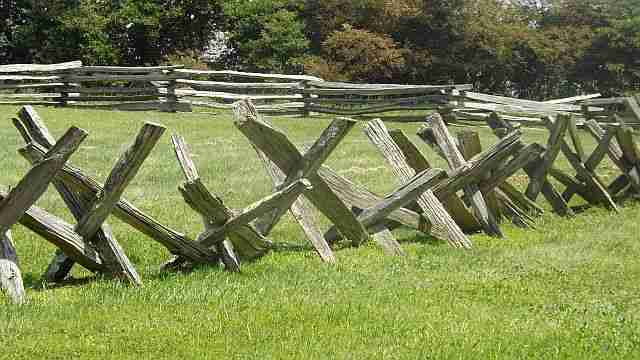
The Buck Fence Chronicles
With a mix of enthusiasm and questionable expertise, Dom led his siblings into the woods to gather logs. Following his instructions, they hauled back an assortment of sturdy, fallen trees and set to work.
They began by arranging pairs of logs into “X” frames. Each frame was meticulously notched and balanced, often with much adjusting and a few near-topples. Their mother, ever the practical one, supervised to ensure the angles were sharp and the frames were sturdy. The goal was to create a fence that wouldn’t collapse at the first sign of a strong wind.
Next, they laid horizontal rails across the frames. Young Fiona, the family’s unofficial artist, couldn’t resist adding a decorative touch by carving little patterns into the wood. The resulting structure was both functional and a bit of a family masterpiece.
Overseeing from a comfortable spot on a nearby rock, Pa McCall provided moral support and occasional guidance. He was particularly proud of the teamwork displayed by his children. Each log and rail added was evidence of their determination and cooperative spirit.
As the fence began to take shape, it became a family affair. The zigzagging line of logs stood proudly against the rugged landscape, confirming their hard work. The buck fence, with its sturdy “X” frames and horizontal rails, was not just a barrier for cattle but a symbol of their new beginning. The McCalls could relax with their buck fence in place, knowing their cattle were contained.

The McCall Legacy: Embracing the Picket Fence
While struggling through their first harvest, it became apparent that a fence was needed to keep woodland animals out of the garden. They built a picket fence to protect this precious food source. The picket fence, with its quaint and picturesque appearance, was the perfect addition to their blossoming farm.
Unlike the buck fence, this one required that posts be set into the ground. With picks and shovels, the family worked together to dig holes, ensuring each post was firmly planted. Horizontal rails were then attached, and finally, the pickets were nailed or tied into place, each evenly spaced and standing tall.
The picket fence added a touch of charm and elegance to the McCall homestead. It provided a perfect boundary for their garden, keeping out animals and adding a decorative touch.
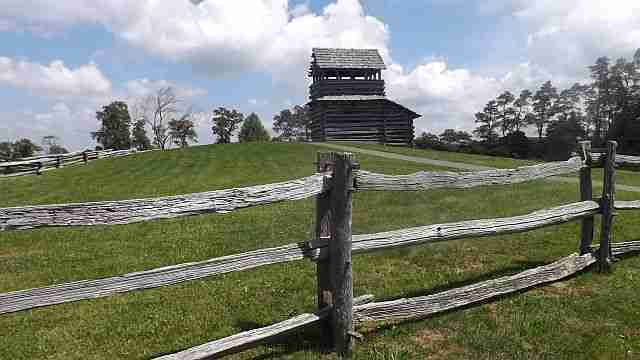
The McCall Legacy: Relying on the Post and Rail Fence
As the McCall farm flourished, they acquired even more land, including expansive pastures for their growing herd of cattle. By the mid-1800s, the need for a sturdy and reliable fence covering large areas became evident. Enter the post and rail fence.
The McCalls’ descendants, now seasoned farmers, took to the task with the same enthusiasm as their forebears. The post and rail fence was straightforward, but its simplicity belied its strength and effectiveness. They set vertical posts into the ground at regular intervals, ensuring each one was deeply anchored and durable.
Once the posts were in place, they attached horizontal rails, creating a durable barrier perfect for enclosing their extensive pastures. This fence was strong enough to keep the cattle contained and simple enough to be extended as needed.
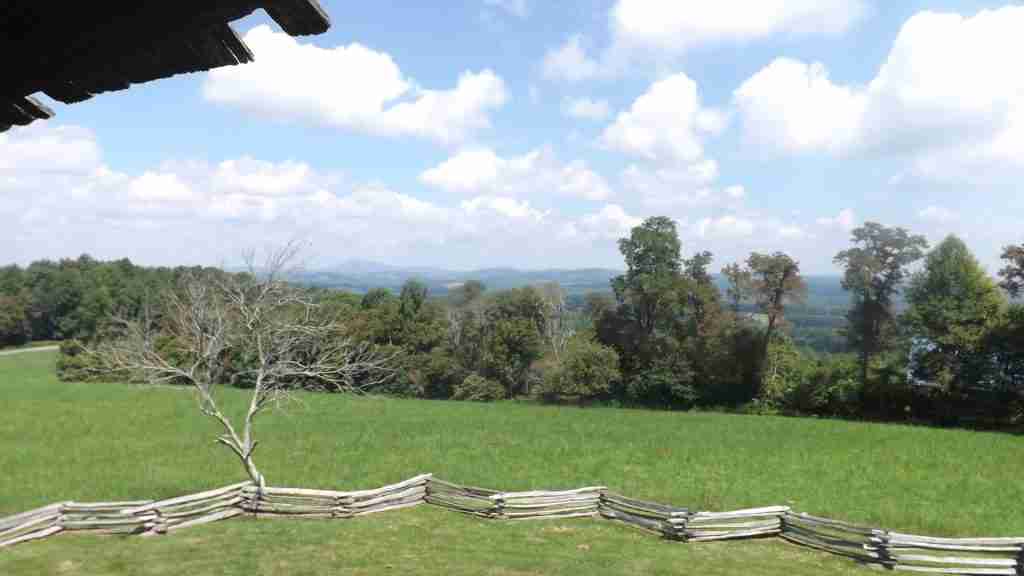
The McCall Legacy: Celebrating the Snake Fence
As the 19th century progressed, the McCall family continued to innovate and adapt. Their farm was now a patchwork of fields, pastures, and wooded areas. One of the most challenging aspects of their land was the rocky, uneven terrain that made traditional fencing difficult. For these tricky spots, the McCalls turned to an old favorite: the snake fence.
The snake fence, with its zigzagging design, was perfect for navigating the rugged landscape. It required no digging and could easily be adjusted to follow the land’s natural contours. The McCalls, now well-versed in fence-building, approached this task with the same resourcefulness that had guided their ancestors.
They gathered sturdy rails and laid them in a zigzag pattern, creating a flexible and functional fence. The snake fence wound its way through the rocky terrain, curving around boulders and following the natural dips and rises of the land. A serpentine structure that seemed to have grown organically from the earth was a sight to behold. The snake fence was more than just a practical solution; it was a nod to the past and a celebration of the McCalls’ enduring connection to their land.
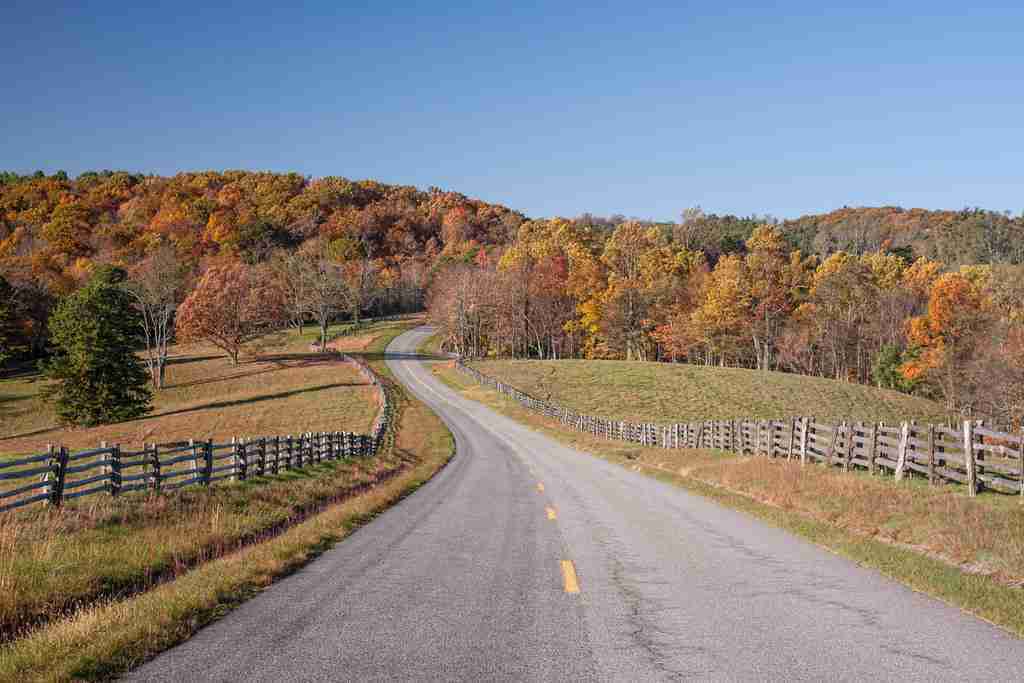
Discovering History in the Landscape: A Drive Along the Blue Ridge Parkway
Modern visitors might admire the sweeping vistas, vibrant flora, and fences that line the road while driving along the Blue Ridge Parkway. Each type of fence—the rugged buck fence, the charming picket fence, the reliable post and rail fence, or the adaptable snake fence—tells a story of the land and the people who have lived there. Knowing these fences’ history and practical uses adds a layer of appreciation for the ingenuity and resilience of the early settlers who crafted them.


Comments are closed.